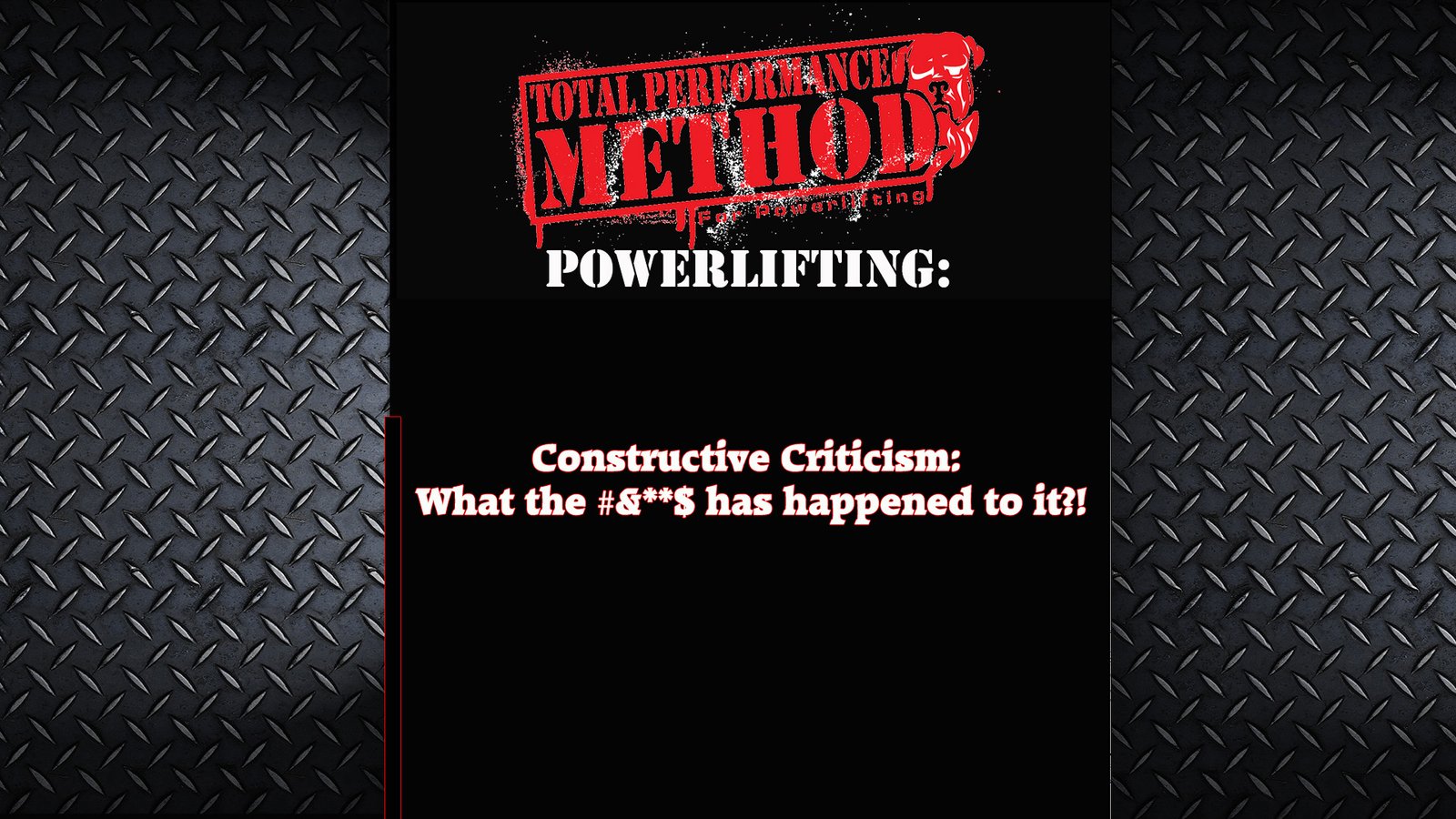Guest Post-The following is a guest post from Alwyn Cosgrove. AC is one of the best in the world at coaching and programming. Here is his take on an issue you don’t hear much about:
Self limiting Exercise
I was first introduced to the term self-limiting exercise a few years ago while speaking with Gray Cook (we were teaching together at a Perform Better one-day event). Gray was talking about the book “Born to Run” By Christopher MacDougall and the barefoot running idea.
Running barefoot is what can be classified as a self-limiting exercise – the body cannot over-stride or heel strike because the immediate feedback – pain – auto-corrects the form of the runner. In fact, it is completely self-limiting as there is no way of creating overuse injuries either – the foot and the joint impacts of running will prevent that as you’ll stop running. You can’t do it incorrectly.
It’s a perfect exercise. However – when we introduced the running shoe with padding – we put a problem in there (And thought we were creating a solution).
The body is now no longer given immediate feedback to adjust or correct running form, and the very nature of the thick sole of the shoe can allow runners to perform far more volume than their muscles and joints can handle. The results – inevitable injuries, as exhibited by many strapped up/knee supported runners you see.
It’s an interesting concept and Gray and I discussed it at length as applied to other forms of exercise.
A self-limiting exercise as defined by Gray “requires mindfulness and an awareness of movement, alignment, balance and control. Self-limiting exercise requires engagement” My further definition is that a self-limiting exercise provides an automatic yet natural obstacle that prevents you from doing it wrong, or doing an excessive volume. I suppose my first exposure to self-limiting exercise was via martial arts training and in particular sparring – if you don’t protect yourself, you get hit – immediate feedback in the form of a punch on the nose!
With speed and agility training – the CHAOS system as devised by Robert Dos Remedios of open-response is self-limiting – athletes are left behind or fall if their technique or direction change isn’t perfect – very different from closed-response (when you know when you’re going to change direction).
But it also applies to traditional exercise. For example – The Turkish Get-up, inverted rows, bottoms-up kettlebell pressing are all self-limiting. It’s hard to do too many bottoms-up presses, you won’t be able to keep the kettlebell in position. With inverted rows – either the core, or the grip strength limits you. And with Turkish get-ups – you’ll either remain stuck to the floor or have a weight drop on your head!
There are more – jump rope can’t be performed incorrectly or to excess, the battling ropes system, the TRX and the stability ball all have built-in corrections or “abort” mechanisms in their very nature.
As I studied the concept of self-limiting exercise more I started to think of it in terms of fat loss training. In fact, self-limiting exercise may be one of the reasons why our fat loss programs at Results Fitness are so successful.
Self-limiting exercise performed in a circuit is essentially training to technical failure, but without the risk of overuse injury or sloppy form – it’s just impossible to do poor, sloppy reps. Yet the energy demands are through the roof. To train with that absolute level of engagement demands so much metabolically, that it can be exhausting and immediate in terms of fat loss results, yet at the same time, being of a low volume due to the auto-correction mechanisms in place.
Anecdotally, I did a recent workout of Turkish Get-ups. I performed a countdown style workout with 60s rest between sets. 5 reps each side, 4 reps, then 3, 2 and finally a single rep. The last rep took almost as long as the first set of five. The entire workout, including rest periods, took less than 20 minutes and consisted only of 30 total repetitions. It was mentally and physically tough however -almost exhausting. Despite being low in volume, and short – the metabolic demands were off the charts.
Can self-limiting exercise be the future of fat-limiting exercise?
Naturally imposed loads seem to train the weakest links, with a high metabolic cost – naturally!
–AC
PS – For more on self-limiting exercise – check out Gray Cook’s newest book – Movement – available at Perform Better or Amazon.com
AlwynCosgrove.com







Leave A Comment